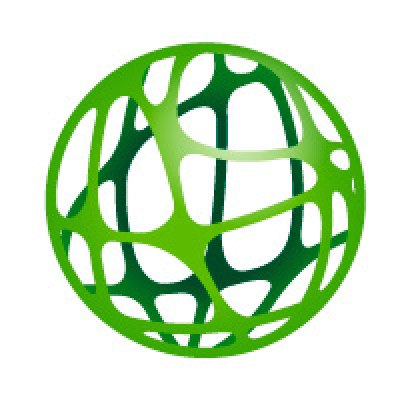5 tips for your employees' development
---
For employees to perform at their best, new Learning Management Systems (LMS) must be implemented
Leaders have the responsibility of promoting and empowering employee development. There are several ways of doing this: giving them the resources and tools they need or offering them different training courses. However, because of the new reality we are living, new employee development programs are required. Now that remote work is getting more common, new Learning Management Systems (LMS) need to be implemented.
With LMS, you enable employees to perform at their highest potential and provide them with the opportunities they need to grow and develop. However, you need to be clear on a list of aspects. First, pick an engaging LMS for your employees; then track data analytics and reporting; and finally offer them collaboration. Create customized learning experiences for your employees and then track their success. Only this way you will improve professional development.
1. Pick an engaging and intuitive LMS for your employees
If you want your employees to get the most out of it, you must make the whole process enjoyable. You should implement a simple LMS so all your employees can understand it. It must be intuitive, so they don´t have to spend a lot of time guessing what is next to do. Also, do not forget about appearance, it matters more than you think, and your employees will give it to you too. Finally, try to use engaging tools, such as videos or learning games. This interactive system will keep your employees entertained and they will not be thinking about how long they have been with that LMS.
2. Offer tools that integrate with all devices and are trouble-free
Offer your employees and LMS that can integrate with any other systems that they have. For example, use webinar tools that are now so common or use any other virtual event platforms. Then, make sure that those tools you are offering also integrate with your existing HR system. This is important because you can keep track and it will be beneficial for managing talent.
3. Build a flexible system
It is important that the system adapts to everyone's schedule. A person who can work in the morning may not be available in the afternoon, so it is in your interest to build a flexible system that all your employees can access. In short, so that workers can continue to balance their work and personal lives.
4. Track data
It is just as important that you implement the right system as it is that you follow it up to get the most out of it. And think about it, it is not worth installing the best system if you do not get the results you want, right? For example, survey your employees to see what is missing and what is being improved. Do this repeatedly, as employees needs change over time.
5. Offer collaboration
Install a collaborative community so that your employees feel engaged and part of the project. This often results in higher rates of productivity and motivation. Also, studies have shown that social learning often accounts 75% of the knowledge people acquire at work. When users are encouraged to share their progress and ask questions freely, they tend to feel more empowered to expand their knowledge. Some good initiatives would be discussion forums and then peer to peer feedback.
Related links
Main menu






